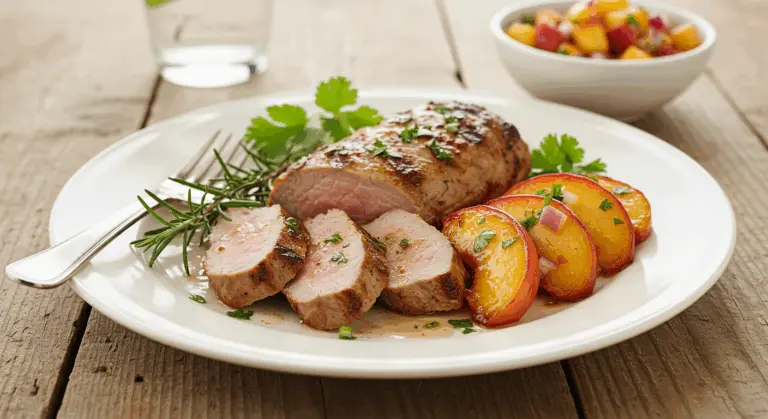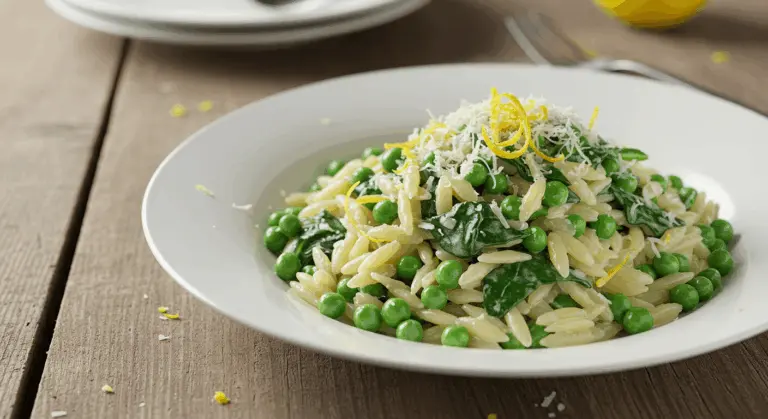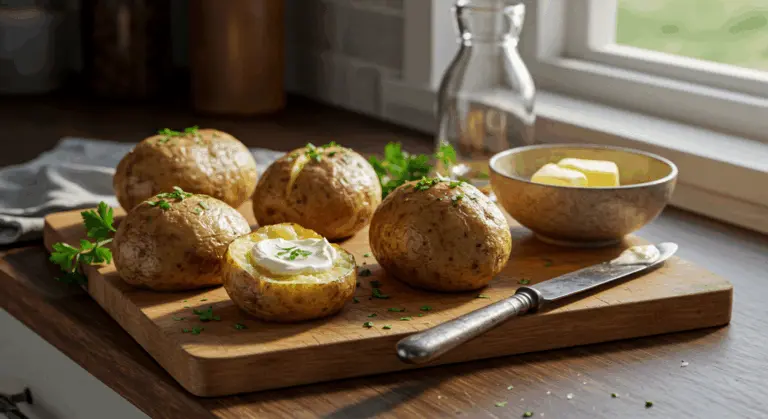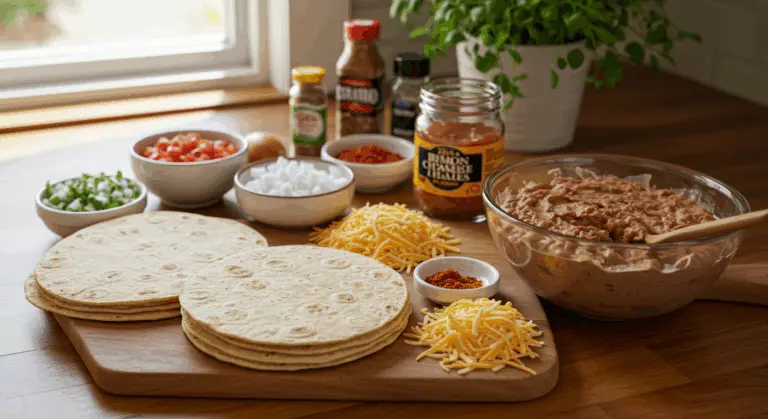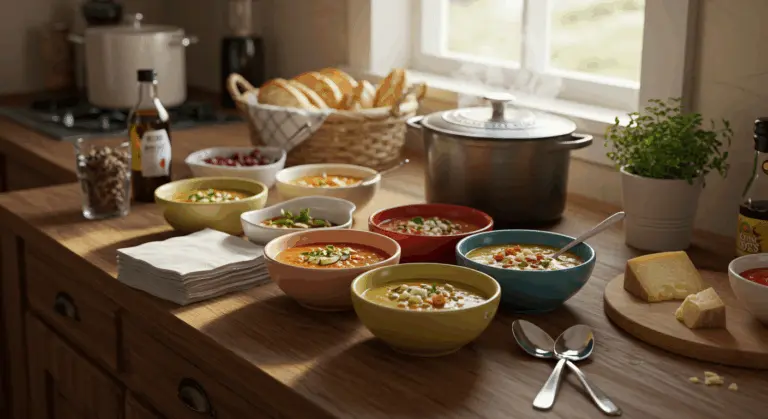Pasta Cake – Delicious Recipes and Variations
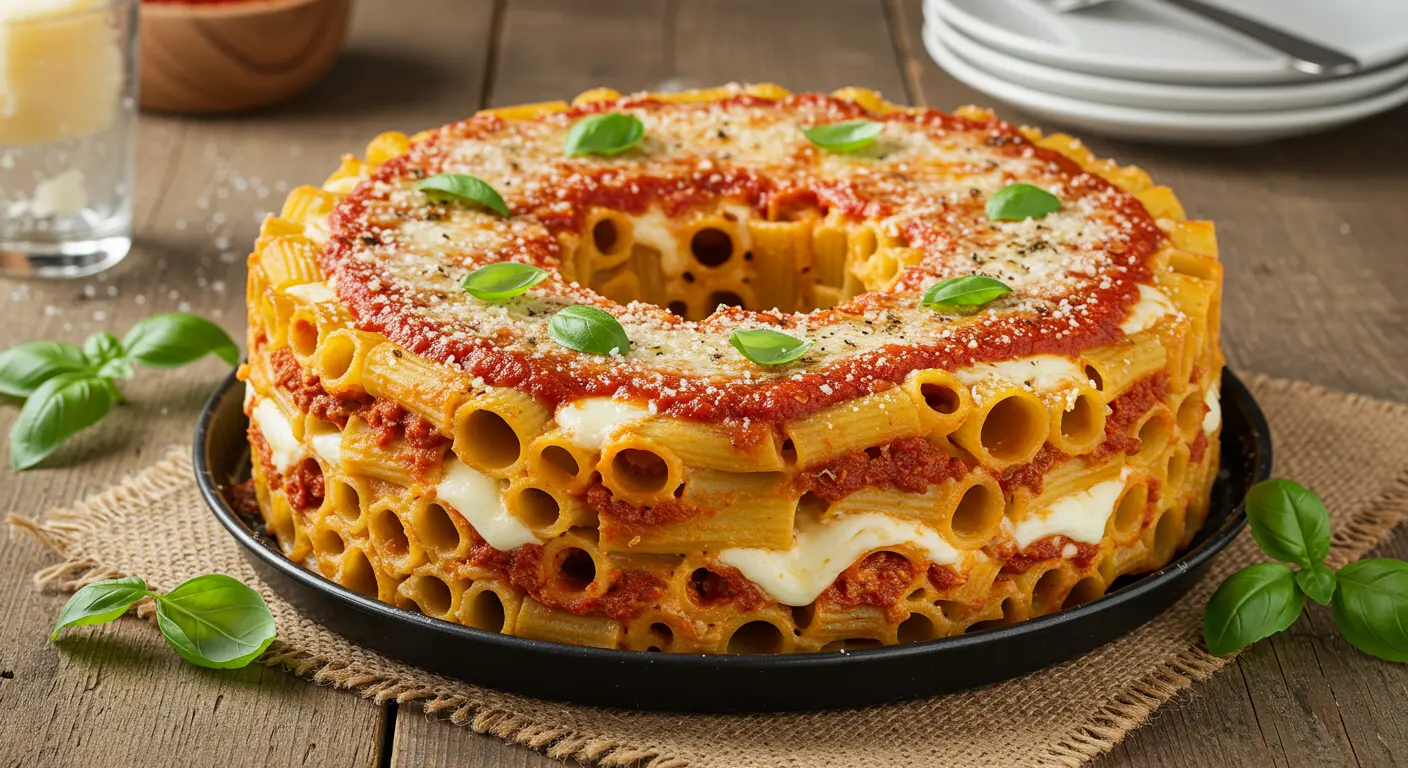
What is Pasta Cake? – Understanding the Dish
Pasta cake, also known as Timpani or Kimball, is an impressive Italian creation where pasta becomes something special—baked within a mold, such as a Bundt pan, to achieve a sliceable, cake-like masterpiece.
The dish centers on cooked pasta embraced by rich, flavorful sauce, melted cheese, and carefully chosen fillings. The magic happens in the oven, where the dish develops a golden, crisp exterior while maintaining a tender interior that reveals stunning layers with each slice.
Honeycomb Pasta Cake – A Visual Delight
Honeycomb pasta cake is an eye-catching variation of pasta cake, known for its unique presentation. This modern version earns its name from the mesmerizing honeycomb pattern that emerges when tubular pasta like rigatoni stands at attention in a spring form pan.
The construction is clever but straightforward: pasta tubes stand upright like tiny soldiers, creating chambers that hold sauce and cheese. This architectural approach forms a cohesive cake that shows its distinctive honeycomb pattern with each satisfying slice.
Also known as rigatoni pie, this dish makes an impressive centerpiece. The interplay between golden-brown melted cheese and the pasta’s geometric precision creates a conversation starter that’s as delicious as it is Instagram-worthy.
Ingredients for Honeycomb Pasta Cake
Creating great honeycomb pasta cake begins with choosing the right pasta. Large rigatoni works best—its perfect diameter and ridged surface create ideal sauce-gripping channels. Ziti or cannelloni serve as worthy alternatives, providing flexibility when rigatoni isn’t available.
Beyond the pasta, you’ll need quality ingredients to fill and flavor your creation:
• 1 pound of large rigatoni, ziti, or cannelloni pasta
• 2–3 cups of marinara sauce (homemade or high-quality store-bought)
• 2 cups of shredded mozzarella cheese
• 1 cup of grated Parmesan cheese
• 1–2 teaspoons of Italian seasoning
• Optional additions: cooked ground beef or Italian sausage, sautéed vegetables like mushrooms or spinach
• Olive oil or cooking spray for the pan
• Salt and pepper to taste
Don’t overlook the marinara—it brings the dish together. For added sophistication, consider adding ricotta cheese or a swirl of pesto. These thoughtful additions can transform good into unforgettable.
Step-by-Step Method for Making Honeycomb Pasta
Making an impressive honeycomb pasta cake requires patience and precision, yet the process remains surprisingly simple:
Prepare the pasta: Cook your rigatoni (or chosen alternative) until al dente—it will cook more in the oven. Don’t forget to salt that water generously; bland pasta makes for disappointing cake.Prepare your pan: Generously coat a 9-inch spring form pan with cooking spray or brush with olive oil. This prevents sticking when it’s time to unfold your masterpiece.Arrange the pasta: Stand those pasta tubes upright in your prepared pan, packing them snugly together. This step requires patience but creates the honeycomb pattern that makes it worth the work.Fill the pasta: Using a small spoon, carefully fill each pasta tube with marinara sauce. Fill carefully to ensure even flavor distribution.Add the cheese: Sprinkle mozzarella and Parmesan over the pasta, allowing some to fall into those open tubes. As it melts during baking, the cheese creates pockets of melted cheese throughout.Season and top: Add Italian seasoning, then cover with remaining marinara sauce. Top everything with a generous layer of mozzarella—this creates the golden, bubbly top.Bake to perfection: Tent with foil and bake at 375°F (190°C) for 20 minutes. Remove the foil and continue baking for 15–20 minutes until the cheese achieves that perfect golden, bubbly finish.Rest before serving: Be patient! Allow your creation to rest for 10–15 minutes before releasing the spring form ring. This resting time helps everything set properly and prevents the cake from falling apart during slicing.
For a finishing touch, top your creation with fresh basil leaves and a sprinkle of grated Parmesan. The vibrant green against golden cheese looks beautiful and shows off your cooking skills.
Kimball DI Pasta – The Italian Classic
Kimball DI Pasta, also known as Timpani, represents traditional Italian pasta cake artistry. This Sicilian treasure came from the need for transforming leftover pasta bolognese into something extraordinary. Though once dubbed ‘poor man’s food,’ Kimball has become a celebrated dish, showing the creativity of Italian cooking.
The authentic Kimball combines small pasta shapes like Ancelotti (those charming tiny rings) with layers of robust meat ragù, vibrant peas, melted cheese, and occasionally hard-boiled eggs. Kimball stands out because of its dramatic presentation—traditionally molded in a dome-shaped tin and unmolded to show its impressive structure.
Regional variations abound, each reflecting local ingredients and time-honored preferences. Some versions embrace pastry crusts or delicate vegetable wrappings, creating even more spectacular reveals when sliced.
Unlike its photogenic cousin, the honeycomb pasta cake, Kimball DI Pasta focuses on taste rather than appearance. Here, rich layers blend during baking, creating rich flavors. This timeless classic is the highlight of Italian celebrations and Sunday family feasts—showing how practical cooking can become art.
Baked Pasta Cake Variations – Explore the Options
The world of baked pasta cakes offers endless possibilities, offering creative adventures that span from time-honored Italian masterpieces to bold modern interpretations. Each variation tells its own story through distinctive pasta shapes, inspired fillings, and innovative preparation techniques.
-
Kimball di Ancelotti: A classic Sicilian version featuring small ring pasta layered with meat ragù, peas, cheese, and often eggplant or ham.
-
Pastry-Wrapped Variations: Popular in regions like Abruzzo, these versions encase the pasta in a golden pastry crust, creating a dramatic presentation.
-
Vegetable-Wrapped Versions: A lighter alternative using thin slices of eggplant or zucchini to enclose the pasta and seasonal vegetable fillings.
-
Regional Specialties: These showcase local ingredients, such as provoke cheese and salami in Naples or broccoli race and anchovies in Puglia.
-
Dessert Pasta Cakes: A sweet crossover using ingredients like ricotta, cinnamon, and honey, connecting to ancient festive traditions.
Contemporary interpretations keep evolving, with adventurous chefs and home cooks exploring global flavor profiles, alternative grains, and creative presentation styles. The beauty of pasta cake comes from its versatility—a blank canvas for culinary creativity that still pays homage to its Italian heritage.
Serving Suggestions for Pasta Cake – Enhance Your Meal
Presenting pasta cake turns a meal into an event. Present your creation on an elegant cake stand or expansive serving platter. A crown of fresh basil leaves or a delicate dusting of Parmesan and cracked black pepper makes it look restaurant-quality.
When slicing time arrives, use a sharp knife to preserve the cake’s structural integrity. Serve each portion with a spatula, handling it carefully—especially crucial for honeycomb variations where the cross-section pattern is the main attraction.
Choose sides that balance your pasta masterpiece. A crisp arugula salad dressed with lemon vinaigrette provides the perfect peppery, acidic counterpoint to cut through the dish’s rich flavors. Roasted vegetables—think asparagus spears, Broccolini, or colorful cherry tomatoes—add both visual appeal and nutritional harmony.
Wine selection is important. A medium-bodied Italian red like Chianti pairs with meat-based versions beautifully, while a crisp Pinot Origin complements lighter, vegetable-forward creations. Begin with an antipasto spread and conclude with something light and refreshing.
Remember: pasta cake is rich, so its richness, so moderate portions work best. A single, well-cut slice paired with fresh salad creates a satisfying meal that allows diners to truly appreciate the complex flavors without being too heavy. For intimate gatherings, consider crafting individual mini pasta cakes using smaller spring form pans—a nice way to control portions while still impressing guests.
Cultural Significance of Pasta Cakes – A Culinary Tradition
Pasta cakes show Italian culinary wisdom—how to transform of humble, everyday ingredients into something special through skill and imagination. Dishes like Kimball DI Pasta tell stories of resourcefulness that have always characterized Italian kitchens, where yesterday’s leftover pasta and sauce could become something fit for Sunday’s finest table or life’s most cherished celebrations.
Throughout history, these molded pasta masterpieces have been central to important family gatherings and holiday celebrations, particularly across southern Italian regions like Sicily and Campania. Their impressive appearance made them natural centerpieces for special occasions, while their comforting qualities strengthened family bonds and celebrated abundance after leaner times.
These regional variations reflect Italy’s diverse culinary landscape, reflecting not only local ingredients but also the fascinating cultural influences—from Arab to Spanish—that have shaped each region’s distinctive cuisine over centuries.
Beyond Italy’s borders, pasta cakes traveled with diaspora communities worldwide, continuing to evolve as Italian immigrants adapted cherished recipes to embrace locally available ingredients. These adaptations show the resilience of culinary traditions and their remarkable ability to maintain cultural connections across generations and vast distances.
In today’s food landscape, pasta cakes bridge tradition meets innovation. Modern interpretations like the honeycomb pasta cake have gained popularity through social media, where their stunning visual appeal has introduced this time-honored concept to a global audience, helping it continue to evolve.
Whether appearing at a family Sunday dinner or impressing guests at a sophisticated dinner party, pasta cakes still serve their original purpose—drawing people together around the table to share in something truly special, created with care, creativity, and love.

